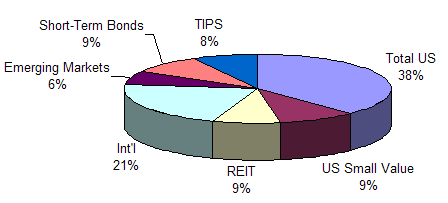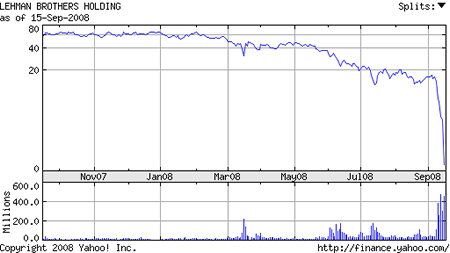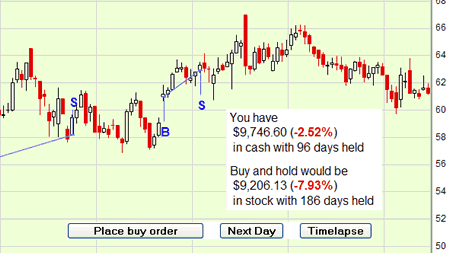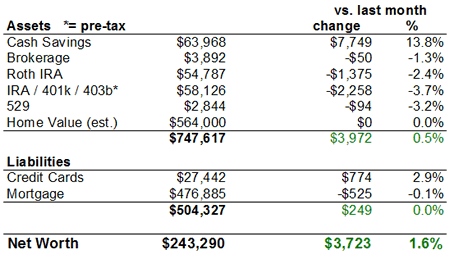Given recent events, I suppose I should take a look at how my investments are doing. I am also planning to make some large-ish 401k contributions and need to figure out which asset classes to buy in order to rebalance my portfolio.

| Retirement Portfolio | Actual | Target |
| Asset Class / Fund | % | % |
| Broad US Stock Market | 38.8% | 34% |
| VTSMX – Vanguard Total Stock Market Index Fund | ||
| DISFX – Diversified Stock Index Institutional Fund* | ||
| DODGX – Dodge & Cox Stock Fund* | ||
| US Small-Cap Value | 9% | 8.5% |
| VISVX – Vanguard Small Cap Value Index Fund | ||
| Real Estate (REITs) | 8.4% | 8.5% |
| VGSIX – Vanguard REIT Index Fund | ||
| Broad International Developed | 21% | 25.5% |
| FSIIX – Fidelity Spartan International Index Fund* | ||
| VDMIX – Vanguard Developed Markets Index Fund | ||
| International Emerging Markets | 6.5% | 8.5% |
| VEIEX – Vanguard Emerging Markets Stock Index Fund | ||
| Bonds – Short-Term | 9% | 7.5% |
| VFISX – Vanguard Short-Term Treasury Fund | ||
| Bonds – Inflation-Indexed | 8% | 8.5% |
| VIPSX – Vanguard Inflation-Protected Securities Fund | ||
| Total Portfolio Value | $105,654 | |
* denotes 401(k) holding given limited investment options
Contribution Details
Throughout 2008, my wife has been making regular salary deferrals to her 401k, and has recently reached the annual $15,500 limit. I plan to start contributing to my Self-Employed 401k plan shortly.
YTD Performance
The 2008 year-to-date time-weighted performance of my personal portfolio is -27.9% as of 9/18/08. In fact, despite sizable additional contributions, my portfolio is down over $10,000 since my last update in April. Today might have been a bad day to run these numbers… 🙂
Although not necessarily a benchmark, the Vanguard S&P 500 Fund has returned -20.07% YTD, their FTSE All World Ex-US fund has returned –29.74% YTD, and their Total Bond Index fund is up 2.71% YTD as of 9/18/08. (My emerging markets fund is down nearly 40%!)
Rebalancing Details
First of all, I am not changing my asset allocation or moving into safer investments. In fact, I am doing the exact opposite and buying what has been dropping the most…
I am still following the general asset allocation plan outlined here, with a 85% stocks/15% bonds split [115-Age]. Here is an example of how we implemented the asset allocation across multiple accounts, although I’ve since moved some funds around.
So, it looks like I need to buy more Emerging Market and Broad International. I am now a bit overweight in Bonds and Broad US, so I need to sell those. Due to the limited index fund choices in my Fidelity Solo 401k account, I may start buying ETFs if I can justify the $10.95 commissions.
You can view all my previous portfolio snapshots here.



 The Best Credit Card Bonus Offers – March 2024
The Best Credit Card Bonus Offers – March 2024 Big List of Free Stocks from Brokerage Apps
Big List of Free Stocks from Brokerage Apps Best Interest Rates on Cash - March 2024
Best Interest Rates on Cash - March 2024 Free Credit Scores x 3 + Free Credit Monitoring
Free Credit Scores x 3 + Free Credit Monitoring Best No Fee 0% APR Balance Transfer Offers
Best No Fee 0% APR Balance Transfer Offers Little-Known Cellular Data Plans That Can Save Big Money
Little-Known Cellular Data Plans That Can Save Big Money How To Haggle Your Cable or Direct TV Bill
How To Haggle Your Cable or Direct TV Bill Big List of Free Consumer Data Reports (Credit, Rent, Work)
Big List of Free Consumer Data Reports (Credit, Rent, Work)